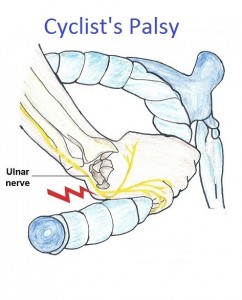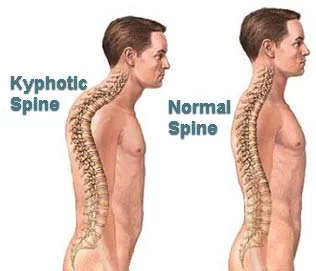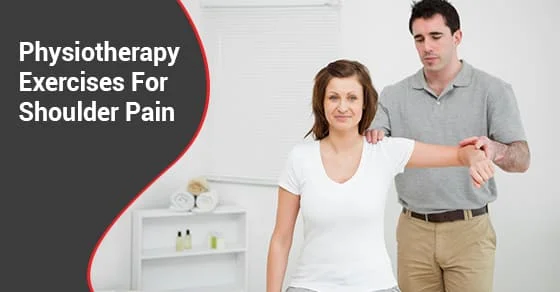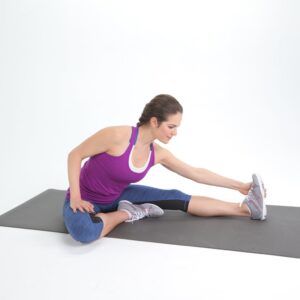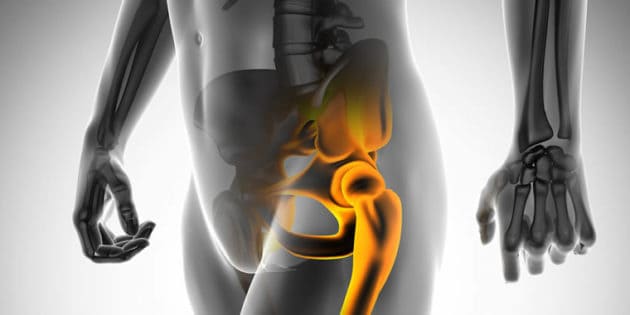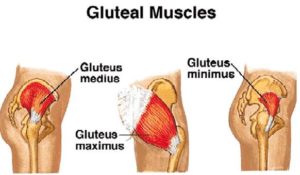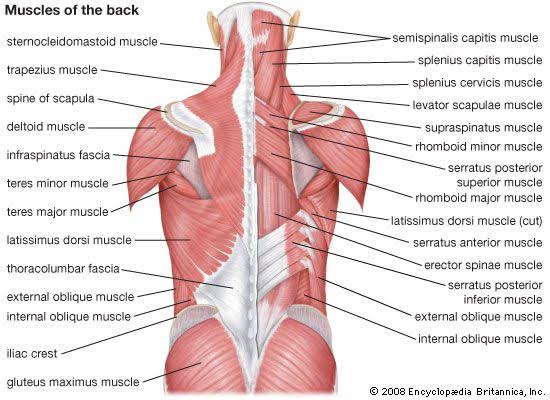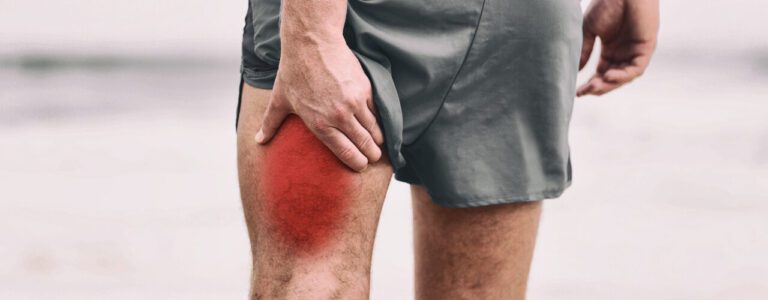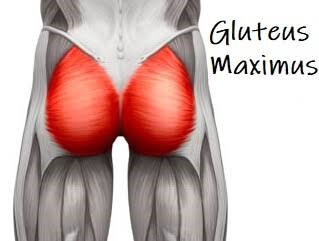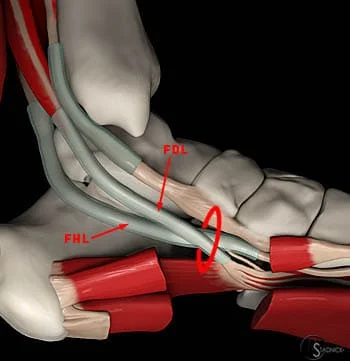Cyclist palsy | Handlebar’s palsy:
Description of Cyclist Palsy: Cyclist Palsy is an ulnar nerve injury at the wrist that can occur in cyclists, in both road and mountain biking. Palsy means a nerve is being compressed and develops like some hand paralysis. On the little finger side of the wrist, the ulnar nerve runs through a tunnel or canal,…

